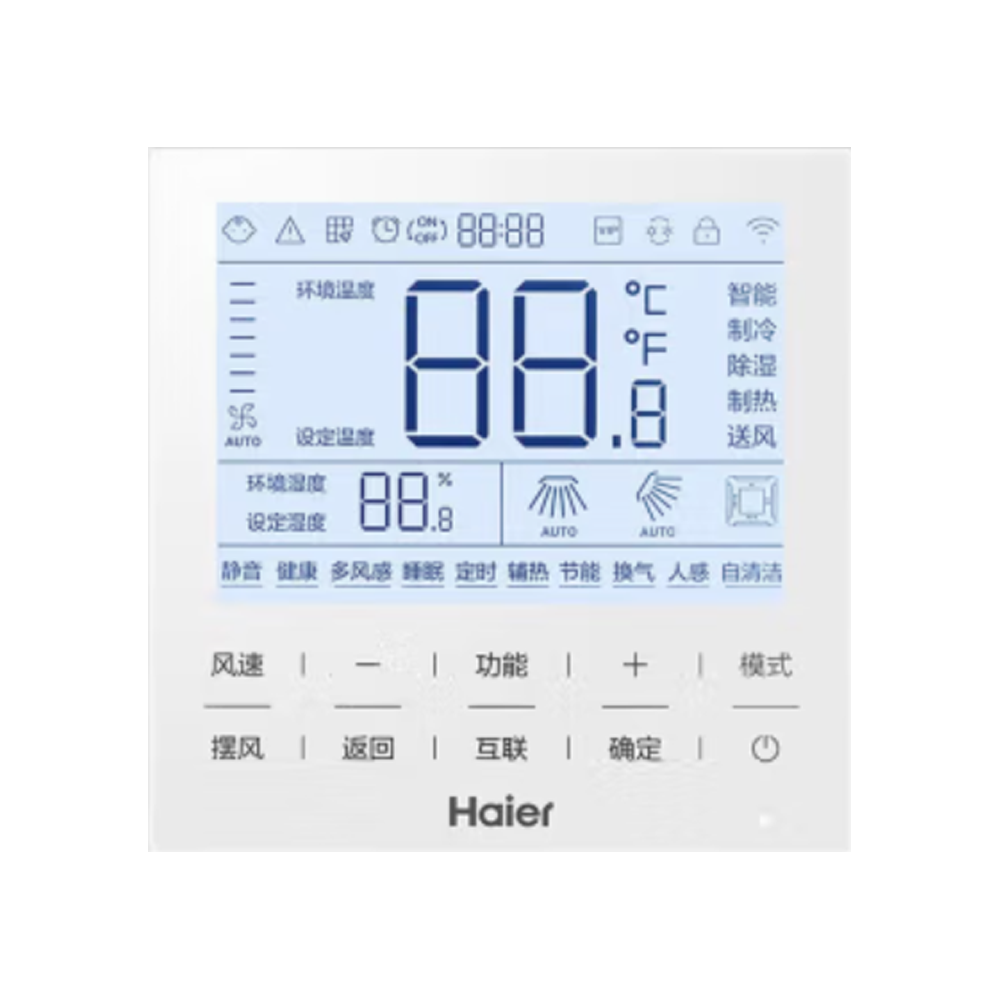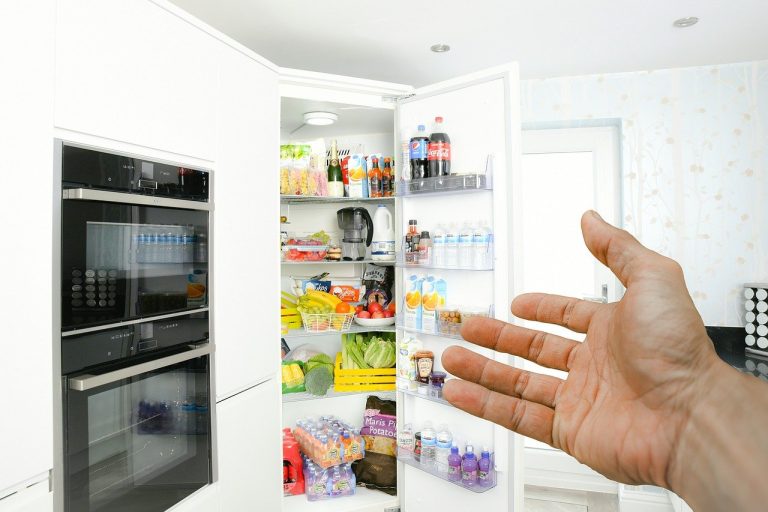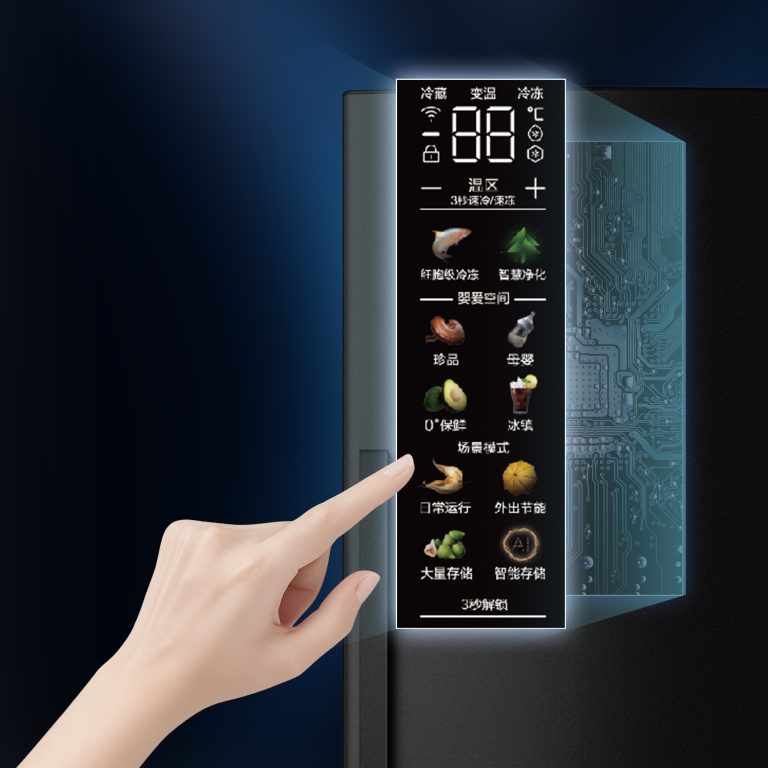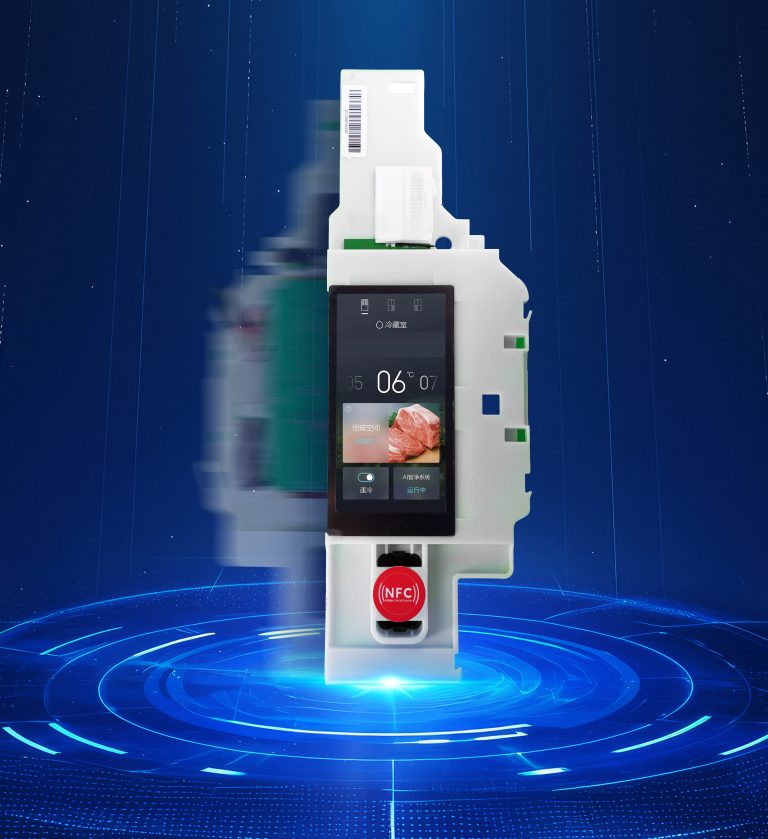
You have a big choice to make. You need to pick between a wired controller or wireless controllers for your smart appliances or cooling products. If you are a manufacturer in Vietnam, Thailand, or Mexico, this choice changes your costs. It also affects how reliable your product is. It matters for how well your devices work in modern homes. Many companies want advanced options like the Sanshun Smart wired controller. They use these to make their products better. You may see how gaming trends change what people want at home. Here is a quick look at how each choice compares:
| Aspect | Wired Controller | Wireless Controller |
|---|---|---|
| Cost | Higher install cost | Lower install cost |
| Reliability | Very stable | Can face signal problems |
| Integration | Great for fixed setups | Flexible for upgrades |
| Security | Strong protection | Needs special encryption |
Key Takeaways
- Wired controllers are very reliable and safe. They work well for factories that need steady performance in hard places.
- Wireless controllers are flexible and easy to set up. They let you upgrade fast and use smart devices from far away.
- Think about the total cost. Wired controllers may cost less at first. Wireless ones can help save money on setup and fixing.
- People now like smart features more. Factories should pick controllers with smart screens and cleaning tools.
- Look at your factory and what you make. Wired controllers are best for steady work. Wireless controllers are good for changing needs and simple use.
Wired Controller vs Wireless: Key Differences

When you pick controllers for smart appliances or cooling products, you have two main options. Each one has its own good points and special features. Let’s look at what makes each one different, so you can choose what works best for you.
Wired Controller Features
A wired controller connects your device straight to the control system. This gives you steady performance. This is important for manufacturers in Vietnam, Thailand, and Mexico who make refrigerators and cooling products. You want your products to work every time, even when things get tough.
Here’s what you get with a wired controller:
- High Reliability: You do not need to worry about losing signal or interference. Wired connections are very stable, even in factories with many machines.
- Strong Security: Data moves through cables, so it is harder for someone to hack or steal information.
- Consistent Power Supply: The controller gets power right from the source. You do not need to change batteries or charge it.
- Fast Response: Wired controllers send commands quickly. This is great for smart touch screens and disinfection modules.
- Easy Integration: Many wired controllers, like the Sanshun model, work with different communication methods such as RS485, AC, and 1192. You can use them with many smart appliances.
- Durability: These controllers work in hot or cold places and can handle static electricity. This is good for products used in different climates.
Tip: If you want a controller that always works, even in busy or noisy places, a wired controller is a good choice.
Wireless Controller Features
Wireless controllers give you more freedom. You do not need to run cables in your factory or home. This makes setup and changes much easier, especially if you want to move things or grow your business.
Here’s what is special about wireless controllers:
- Wireless Convenience: You can put devices anywhere without worrying about wires. This is great for flexible setups or future upgrades.
- Easy Installation: No cables mean you save time and money when setting up. You can add or move devices easily.
- Remote Access: You can control your appliances from anywhere, even outside the building. This is helpful for smart home features.
- Smart Home Integration: Many wireless controllers work with smart home systems. You can connect your refrigerator or cooling product to apps or voice assistants.
- User-Friendly Interface: Wireless controllers often have simple, touch controls. This makes them easy for anyone to use.
- Scalability: You can add more devices as you need them. This is useful for big factories or growing product lines.
| Feature | Wired Controller | Wireless Controller |
|---|---|---|
| Reliability | Very high | Can face interference |
| Security | Strong | Needs extra protection |
| Installation | More complex | Simple and fast |
| Flexibility | Fixed setup | Easy to move and expand |
| Latency | Low (fast response) | Can be higher |
Wireless controllers do have some problems. They can have signal issues, especially in places with lots of metal or electronic noise. Security is also something you need to watch, but new systems use strong encryption and access controls to keep your data safe.
Note: If you want flexibility and easy upgrades, wireless controllers help you change quickly to new trends or customer needs.
Now that you know the main differences, you can think about which features are most important for your products and customers.
Cost Factors
Initial and Ongoing Costs
At first, wired controllers seem less expensive. The device costs less and works well. But you need to think about all the costs over time. You must pay for putting in wires and fixing things later. Upgrades can also cost more.
Wired controllers need more work and supplies. You have to put cables in your factory. This takes more time and money. It is harder if you make lots of cooling products or refrigerators. If a wire breaks, you pay to fix it.
Wireless controllers can help you save money. You do not need cables, so setup is faster. You can move or add devices without new wires. In simple setups, wireless can cut costs by 20 to 30 percent. If you work far away or wiring is hard, you save even more.
Here are some ongoing costs:
- Wireless controllers need less fixing. No wires means fewer problems.
- Wireless technology saves energy and works better.
- You can add more devices without extra work.
Tip: Wireless controllers are good if you want cheap upgrades or changes.
Production Scale Impact
Your choice matters more as you grow. If your factory is small, the cost is not much different. But if you make thousands of products, every wire costs more. Wired controllers are better for small jobs. Wireless saves money when you make more.
Wireless controllers help you grow your product line fast. You can add smart touch screens or disinfection modules to new models. You do not need to run new cables each time.
If you make products in Vietnam, Thailand, or Mexico, costs can change quickly. Wireless systems help you stay flexible and keep your budget safe as your business gets bigger.
Reliability
Industrial Stability
If you make smart refrigerators or cooling products, you want controls that always work. Reliability is the most important thing for control systems. If a controller stops working, you could lose products or have safety problems. Many manufacturers in Vietnam, Thailand, and Mexico pick a wired controller. It gives steady performance in busy factories.
Here is why a wired controller is good for factories:
- It uses direct power, so you never worry about batteries dying.
- It has strong anti-static protection. The Sanshun model can handle air discharge up to ±20KV.
- It works in many temperatures, from -10℃ to 60℃. Your smart touch screens and disinfection modules stay reliable, even in hard conditions.
Wireless controllers can have trouble in factories. You might see lag or delays if there are many machines or metal things around. Sometimes, wireless signals get blocked or mixed up. This can make your system slow down or stop. You may notice latency, especially when you need fast response for your products.
Here is a quick look at how both compare:
| Feature | Wireless Controllers | Wired Controllers |
|---|---|---|
| Battery Life | Needs recharging or battery replacement | No battery issues |
| Lag | Can experience lag and random delays | No lag, always responsive |
| Interference | Susceptible to interference from devices | Not affected by interference |
Tip: If you want your products to work with no lag or stops, a wired controller is a safe choice.
Environmental Resistance
Factories in Vietnam, Thailand, and Mexico can be tough places. You deal with high humidity, heat, and sometimes pollution. These things can hurt your control systems. Pollution and weather like floods or typhoons can cause problems or damage.
A wired controller can handle these tough conditions. It keeps working even when there is dust or static in the air. The Sanshun model’s anti-static feature protects your system from sudden surges. Its wide temperature range means your smart appliances keep running, no matter the weather.
Wireless controllers can have more trouble in these places. You might see more lag or lose connection during storms or power cuts. If your factory has lots of metal or electronic noise, wireless signals can get weak or mixed up. This can cause lag spikes and less reliable performance.
If you want your smart touch screens and disinfection modules to work every day, you need a system that can handle the local environment. That is why many manufacturers use wired solutions for their most important products.
Integration
Smart Appliance Compatibility
You want your smart appliances to work together without problems. That’s where a wired connection shines. When you use a controller like Sanshun’s, you get support for many communication protocols. This means you can connect different devices, like smart touch screens, disinfection modules, and even lighting panels, all in one system. You do not have to worry about matching brands or models.
Here’s a quick look at how different protocols help you:
| Protocol | Advantages | Disadvantages |
|---|---|---|
| SPI | One master supports many devices. No start/stop bits, so data moves fast. Full-duplex for sending and receiving at the same time. | Needs more wires. Gets complex with many devices. Not easy to expand. |
| I2C | One master can talk to many devices. Only two lines needed. Can handle over 1000 devices. | Slower speed. Only one line for all data. Data size is limited. |
| CAN | Fast and secure. Reliable and low cost. | Mostly for cars. More complex to set up. |
With these options, you can build a system that fits your factory’s needs. You can add new features or upgrade old machines without starting from scratch. This flexibility helps you keep up with market trends in Vietnam, Thailand, and Mexico.
Installation and Setup
Setting up your controllers should not be a headache. If you choose a wired connection, you get a stable setup that lasts. You can install the controller once and trust it to work every day. Sanshun’s controller lets you pick between mechanical buttons or touch controls, so you can match your product style.
When you try to use wireless controllers, you might face some tough challenges:
- Interference from machines and metal walls
- Signal loss in big factories
- Network congestion when many devices run at once
- Security risks with data
- Hard to keep a strong signal everywhere
You want your smart appliances to have strong connectivity. A wired connection gives you that peace of mind. You spend less time fixing problems and more time making great products.
Tip: If you want easy upgrades and fewer headaches, choose a controller that fits right into your product line.
Market Demand and Trends
User Preferences in Vietnam, Thailand, Mexico
Manufacturers in Vietnam, Thailand, and Mexico want new smart features. Companies making refrigerators and cooling products look for smart touch screens. They also want disinfection modules and surface light sources. These features help their products stand out.
- In Vietnam, electronics and automation are growing fast. Many manufacturers want controllers that work with smart appliances. The government supports new technology. This means more companies invest in advanced controllers.
- Thailand’s market grows with car and electronics exports. Local companies upgrade factories and add smart features. Hospitals use more electronic devices. This makes reliable controllers more popular.
- Mexico’s manufacturers care about cost and reliability. They want controllers that work in tough places. Wireless convenience helps them upgrade easily.
People want appliances that are smart and simple to use. More customers ask for touch controls and remote access. They want products that respond quickly and do not lag. If you offer these features, your products stay ahead.
Gaming vs Industrial Needs
You might think of gaming controllers when picking a controller. A wired xbox controller gives fast response and no lag. Gamers like wired controllers for competitive games. They want smooth play. A wireless xbox controller gives more freedom. Sometimes, you notice lag or dropped connections.
Let’s compare gaming controllers and industrial controllers:
| Feature | Gaming Controllers | Industrial Controllers |
|---|---|---|
| Primary Focus | User experience and comfort | Durability and functionality |
| Control Methods | Joysticks, buttons, triggers | Linear movement, rotation |
| Environmental Suitability | Indoor use | Harsh environments |
| Durability Features | Limited durability | Dustproofing, waterproofing |
Industrial controllers must work every time, even in tough places. They focus on durability and reliability. They handle dust, water, and temperature changes. Gaming controllers focus on comfort and user experience. They do not need to survive in a factory.
If you want your products to meet demand, offer smart features and reliable performance. Avoid lag and make sure appliances respond fast. This helps you win in the market and gives customers a better experience.
Product Suitability
Refrigeration and Cooling Applications
When picking controllers for cooling, you want them to last. Wired controllers are strong and work well for a long time. Big supermarkets and cold storage places use them a lot. These places need to control many cooling units at once. This helps save energy and keeps food safe.
- IoT smart controllers and multi-unit controllers are good for big systems.
- Digital controllers help you set the right temperature in small fridges.
- Multi-unit controllers let central systems control many channels at once.
- Digital models like the ECS-961neo keep products at the right temperature.
If you work in Vietnam, Thailand, or Mexico, you need equipment you can trust. Wired controllers work well in tough weather and keep your cooling products running.
Smart Touch and Disinfection Modules
Modern appliances need more than just cooling. People want smart features that make life easier and safer. Smart touch screens let users change settings with a tap. Disinfection modules help kill germs, which is important for health.
Here’s how these features work with wired and wireless controllers:
| Feature | Description |
|---|---|
| Smart Touch Screens | Let users control and connect with other kitchen devices easily. |
| Disinfection Modules | Use new tech to kill germs and make appliances safer. |
| Connectivity Options | Work with both wired and wireless controllers for easy use in smart homes. |
You can use wired or wireless controllers for these modules. Wired controllers give a steady connection, which is good in busy places. Wireless controllers let you add new features or move things around easily.
If you look at gaming trends, people want fast and easy controls. The same is true for smart appliances. Customers want quick response and simple controls. Adding smart touch and disinfection modules helps your products stand out.
Selection Checklist
Decision Factors
When you pick between wired and wireless controllers, you need to think about what is most important for your business. You want your products to be special in Vietnam, Thailand, and Mexico. Here are some things to consider:
- What customers want is important. If people want smart touch screens or disinfection modules, you need a controller that works with these features.
- Your factory setup matters. Some factories work better with wired controllers, especially if you need strong connections for cooling products.
- You should look at the good and bad sides of each type. Wired controllers can cost less for some uses and give steady performance. Wireless controllers are more flexible, but they might have signal problems in busy places.
- Think about how your products will be used. If you need fast response, wired controllers usually work quicker. This is important for smart appliances.
Tip: Ask your customers what features they want most. This will help you pick the best controller for your next product.
Balancing Cost and Performance
You want to get the most for your money. Manufacturers look at both price and how well the controller works. Here is how you can balance cost and performance:
- Check what your product needs. If you make refrigerators or cooling units, you need controllers that work all the time, even in tough places.
- Look at the total cost over time. Wired controllers are cheaper to keep working, especially if you need strong security and reliability.
- Think about growing your system. If you want to add more smart touch screens or modules, wireless controllers make it easier to expand.
- Compare the first cost to what you might save later. Sometimes, paying a little more now saves money in the future.
- Think about how easy it is to set up and upgrade. Fast setup and easy changes help you keep up with new trends, like gaming and smart home features.
Note: Make a checklist for your needs. This helps you pick the right controller and keeps your products strong in the market.
If you want something reliable and easy to set up, a wired controller is often the best choice. Many manufacturers in Vietnam, Thailand, and Mexico use wired controllers for refrigerators and cooling products. People want fast response, just like gamers who pick a wired xbox controller instead of a wireless xbox controller. The Sanshun Wired Controller works well with smart touch screens and disinfection modules. Before you choose wired or wireless, think about what you need and what is popular in the market.
Discover the benefits of the Wired Controller and elevate your smart home experience by visiting {Sanshun Wired Controller}.
FAQ
What makes a wired controller better for cooling product manufacturers?
A wired controller gives steady performance. It works well in busy places. You do not have to worry about losing signal. There is no interference. This helps your cooling products stay reliable.
Are wired controllers hard to install in large factories?
Wired controllers take more work to set up. After setup, you get a strong connection. The connection lasts a long time. Many manufacturers in Vietnam, Thailand, and Mexico pick wired systems for this reason.
How do I choose between wired and wireless controllers for my products?
Think about what your customers want most. If you need fast and steady control, wired controllers are best. If you want easy changes or flexible setups, wireless might be better for you.







